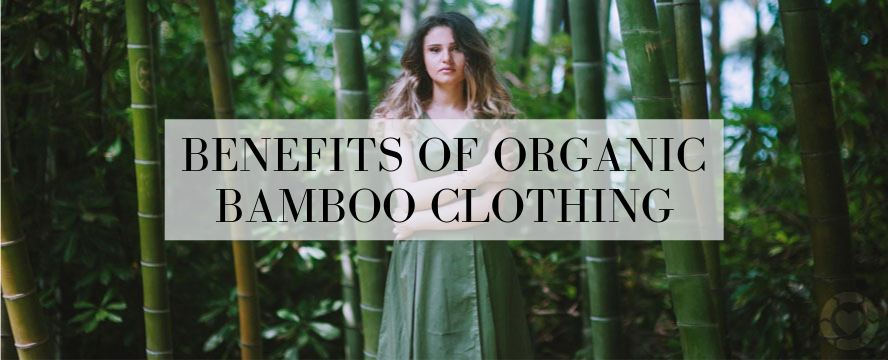Handy Info On Selecting Bamboo Clothing
Wiki Article
What Are The Reasons Baselayers Of Merino And Yak Wool Beneficial In Winter Sports Clothes Because Of Their Natural Fiber Benefits And Environmental Sustainability?
Sustainable and renewable Yak Merino's wool base layer is highly effective as a winter sportswear not just because it performs well but also due to its natural fiber advantages.
Both wool from yak and merino are natural fibers made from animals (yak and merino sheep respectively). They are renewable resources that are harvested sustainably, without hurting animals. The fibers are biodegradable, which means they don't harm the environment.
Low Environmental Impact-
Natural fibers' production generally has a lower environmental impact than synthetic materials. Wool is made with less chemical compounds than synthetic fibers, and uses less energy that is not renewable.
Energy Efficiency
The manufacturing of synthetic fibres such polyester or nylon takes more energy. The process of making natural wool consumes less energy, and also reduces carbon emissions.
Reduced Microplastic Pollution
Natural wool fibers are not in charge of microplastic pollution in waters Contrary to synthetic fibers, which release microplastics after being washed.
The durability and recycling of plastics
Yak merino clothes can last an extended time and are extremely durable. Wool fibers are also recycled or repurposed in order to reduce waste.
Sustainable Practices
Manufacturers and producers of wool follow ethical and sustainable practices. They guarantee the welfare of animals as well as responsible land management, as well as decent working conditions for all workers throughout the manufacturing chain.
Environmental Certification-
The Responsible Wool Standard or the Global Organic Textile Standard, (GOTS) Both are certificates of ethically and environmentally conscious practices in wool production. These standards provide consumers with a level of assurance on sustainability.
In general, yak merino base layers are in line with environmental sustainability by being derived from renewable and natural sources, having the least environmental impact in production and often using ethical and sustainable practices into the supply chain. By choosing natural fibers like yak merino winter sportswear, you are supporting environmentally responsible and sustainable practices for consumption. View the most popular redirected here for site advice including wool mid layer, smartwool 1 4 zip mens, airblaster merino ninja suit, skiing base layers, baselayer bottom, ski underwear, ski base layer mens, smartwool long underwear, wool undershirt women's, ski underlayers and more.

What Are The Advantages Of Wearing Bamboo Clothes In Regards To Thermal Regulation As Well As Uv Protection, Biodegradability And Environmental Impact?
Bamboo clothing has many advantages when it comes to thermal regulation as well as biodegradability, UV protection and environmental impact- thermal Regulation-
Bamboo fabric is a great insulation material that offers warmth in colder weather, while being breathable. It helps regulate body temperature by holding warmth in cooler weather and allowing ventilation to prevent overheating during physical activity.
UV Protection
UV Resistance - Bamboo fabric provides natural protection against harmful ultraviolet UV rays. It blocks an extensive portion of UV rays from the sun. This adds an additional layer of protection when wearing it outside.
Biodegradability-
Eco-friendly - Bamboo clothing are biodegradable. They break naturally and don't pollute the environment. This helps reduce waste as well as the environmental impact caused by clothing that is thrown away.
Environmental Impact-
Bamboo is a highly durable raw material. It is a fast-growing and in abundance, with no chemical fertilizers. Fast expansion makes it a sustainable resource.
Bamboo is more efficient in water use since it requires less water than other crops like cotton. This contributes to water conservation and helps reduce the strain on resources.
Soil Conservation
Soil health - Bamboo cultivation doesn't reduce soil nutrients and does not require extensive irrigation. This contributes to healthier soil conditions and lessens the necessity for damaging farming practices.
Carbon Sequestration
Carbon Absorption - Bamboo has the ability to absorb CO2 and release it more efficiently than other plants. This property helps reduce carbon emissions and fight climate change.
Bamboo clothing is a fantastic option for people who wish to wear clothes that are practical and sustainable. These qualities are aligned with sustainable practices that benefit users as well as the environment. Read the top rated bamboo clothings tips for website recommendations including yala pajamas, bamboo clothing underwear, bamboo dress socks, bamboo tee shirts, carter's bamboo pajamas, bamboo t shirts womens, bamboo clothing sustainable, bamboo sun shirt, boody ecowear, bamboo clothing and more.

What Are The Distinctions Between Bamboo, Merino And Wool Clothes In Regards To Texture, Warmth And Moisture Absorbing?
Check out the texture, warmth and absorption of merino, bamboo and traditional wool clothing.
Merino Wool Merino Wool has finer fibers and is softer than traditional wool. It is regarded as more comfortable.
Bamboo ClothingBamboo fabric is silky smooth, and is often compared luxurious materials like silk or cashmere. It's soft, which makes it ideal for comfortable fit.
Traditional Wool The texture of traditional wool could differ. Certain types are more coarse and can cause more itching than bamboo clothing or merino clothing.
Warmth-
Merino- Merino provides exceptional warmth thanks to its insulating qualities. It holds heat even when damp, and is an excellent insulation in cold weather.
Bamboo Clothing is warm, however it does not provide the same amount of insulation as wool. It regulates body temperature and may be comfortable in a variety of conditions.
Traditional Wool- Much like merino sheep's wool wool traditionally provides warmth and insulation. However, it can be heavier or bulkier than bamboo and merino clothing.
Moisture Absorption-
Merino Wool Merino Wool Merino Wool has exceptional water-wicking properties, allowing moisture to be drawn away from your skin and evaporate. It stays warm even when it is damp.
Bamboo clothing - Bamboo fabric also has a wicking effect, which allows it to draw moisture from the skin. This provides comfort and supports during physical activity. It regulates moisture and keeps wearers dry.
Traditional Wool- While wool can soak up water, it does not possess the same characteristics of moisture wicking as merino or bamboo fabric. Wool is damp and heavy in wet conditions.
In the end, merino Wool is renowned for its warmth, softness, and moisture-wicking capabilities. Bamboo clothing is a soft texture and is warm, with good moisture control. Traditional wool may have a different texture, and provide warmth and absorption of moisture, however they are more coarse or heavier when compared to the bamboo or merino clothes. Each type of material has its own characteristics that cater to different clothing preferences and needs. Have a look at the top additional hints for more recommendations including merino wool ski base layer, merino wool long underwear women's, merino base layer womens, smartwool merino 250 bottoms, merino long underwear, lightweight merino wool base layer, merino 250 base layer, first lite merino wool base layer, best wool base layer, sitka base layers and more.
